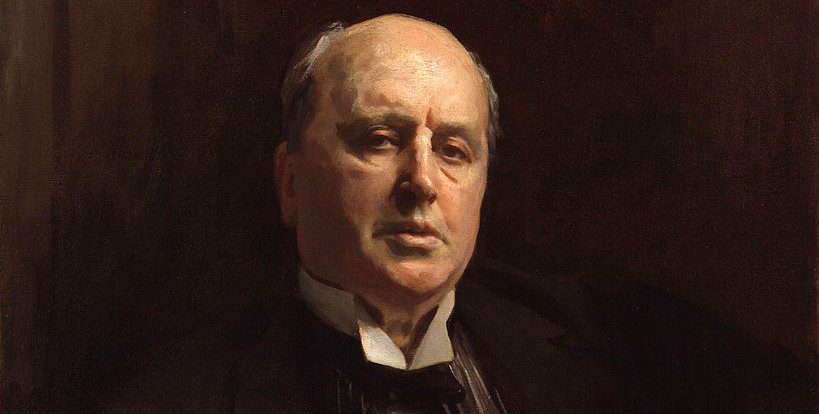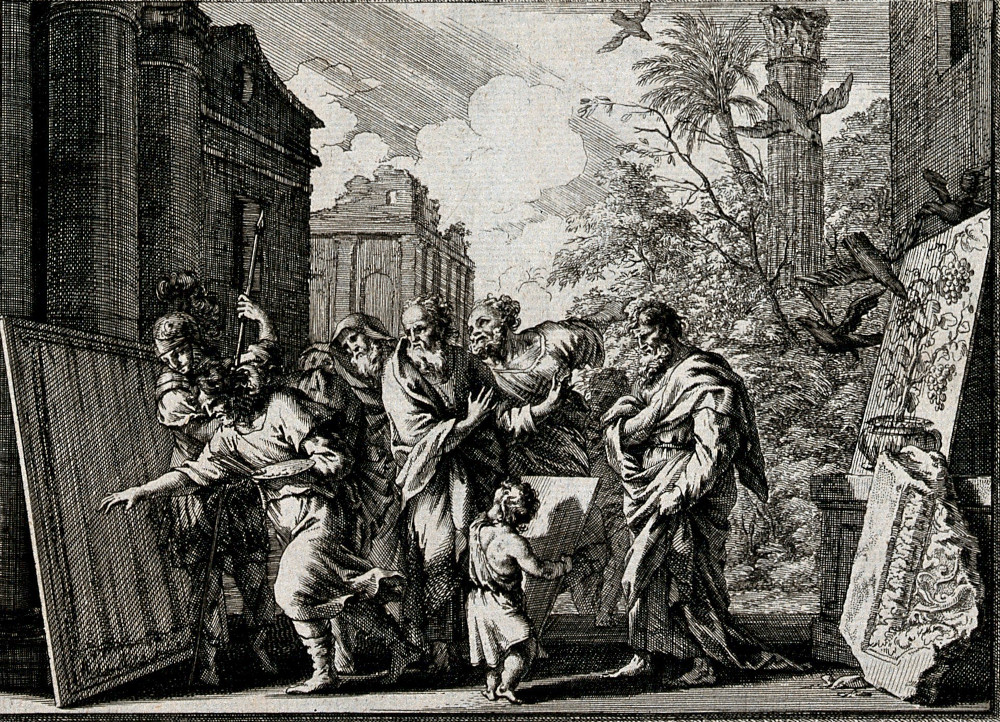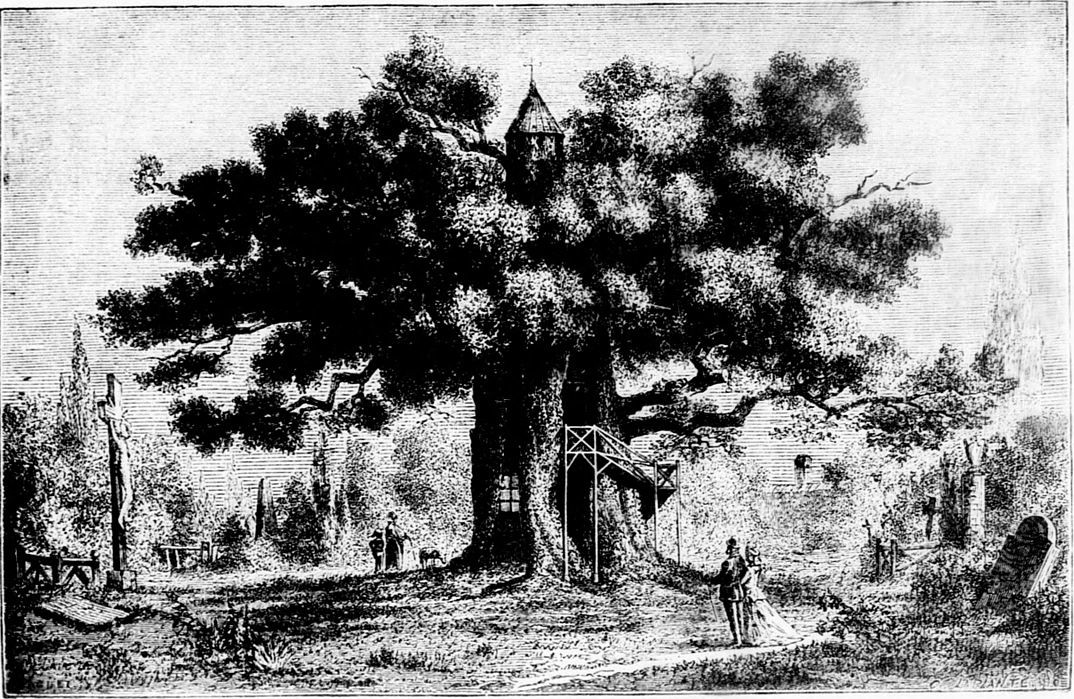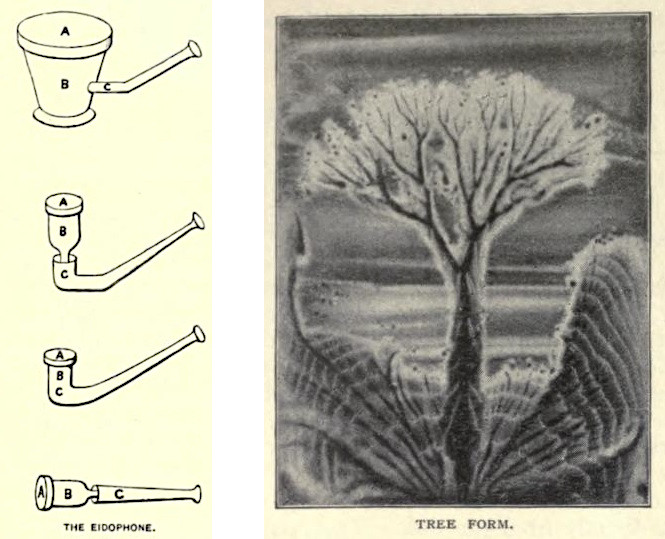
Henry James’ 1903 novella The Beast in the Jungle is written in his famously tortured syntax:
It led, briefly, in the course of the October afternoon, to his closer meeting with May Bartram, whose face, a reminder, yet not quite a remembrance, as they sat much separated at a very long table, had begun merely by troubling him rather pleasantly.
James Thurber parodied this with “The Beast in the Dingle”:
He had brought himself so fully in the end, poor Grantham, to accept his old friend’s invitation to accompany her to an ‘afternoon’ at ‘Cornerbright’ that now, on the very porch of the so evident house, he could have, for his companion, in all surrender, a high, fine — there was no other word for it — twinkle.
Thurber originally called this “The Return of the Screw.” See Homage and A Prose Maze.







